Yuesong Wu
Improving Generalization of Neural Vehicle Routing Problem Solvers Through the Lens of Model Architecture
Jun 10, 2024
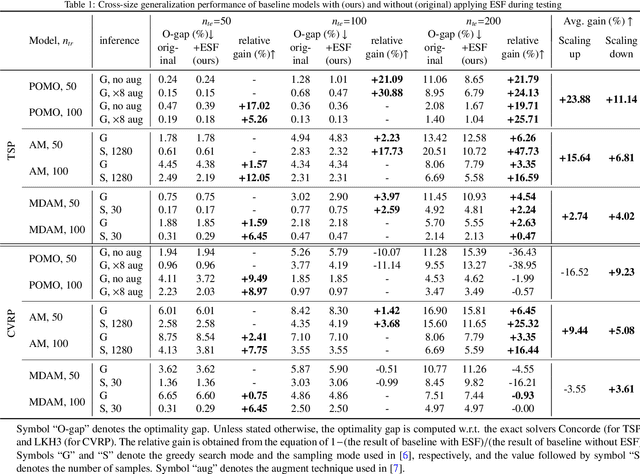
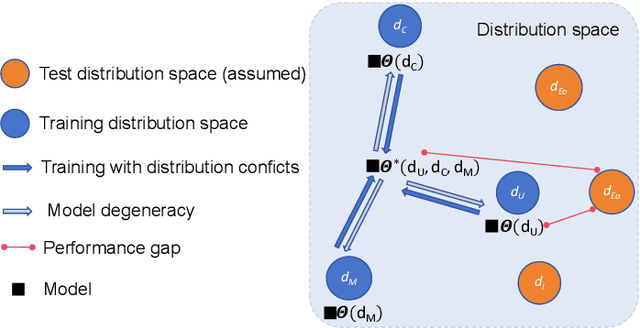

Abstract:Neural models produce promising results when solving Vehicle Routing Problems (VRPs), but often fall short in generalization. Recent attempts to enhance model generalization often incur unnecessarily large training cost or cannot be directly applied to other models solving different VRP variants. To address these issues, we take a novel perspective on model architecture in this study. Specifically, we propose a plug-and-play Entropy-based Scaling Factor (ESF) and a Distribution-Specific (DS) decoder to enhance the size and distribution generalization, respectively. ESF adjusts the attention weight pattern of the model towards familiar ones discovered during training when solving VRPs of varying sizes. The DS decoder explicitly models VRPs of multiple training distribution patterns through multiple auxiliary light decoders, expanding the model representation space to encompass a broader range of distributional scenarios. We conduct extensive experiments on both synthetic and widely recognized real-world benchmarking datasets and compare the performance with seven baseline models. The results demonstrate the effectiveness of using ESF and DS decoder to obtain a more generalizable model and showcase their applicability to solve different VRP variants, i.e., travelling salesman problem and capacitated VRP. Notably, our proposed generic components require minimal computational resources, and can be effortlessly integrated into conventional generalization strategies to further elevate model generalization.
Neural Combinatorial Optimization Algorithms for Solving Vehicle Routing Problems: A Comprehensive Survey with Perspectives
Jun 01, 2024

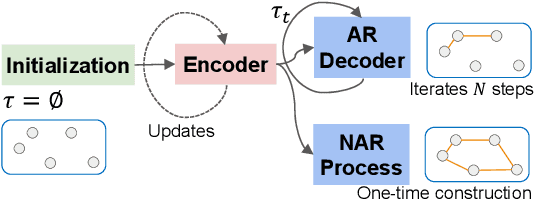

Abstract:Although several surveys on Neural Combinatorial Optimization (NCO) solvers specifically designed to solve Vehicle Routing Problems (VRPs) have been conducted. These existing surveys did not cover the state-of-the-art (SOTA) NCO solvers emerged recently. More importantly, to provide a comprehensive taxonomy of NCO solvers with up-to-date coverage, based on our thorough review of relevant publications and preprints, we divide all NCO solvers into four distinct categories, namely Learning to Construct, Learning to Improve, Learning to Predict-Once, and Learning to Predict-Multiplicity solvers. Subsequently, we present the inadequacies of the SOTA solvers, including poor generalization, incapability to solve large-scale VRPs, inability to address most types of VRP variants simultaneously, and difficulty in comparing these NCO solvers with the conventional Operations Research algorithms. Simultaneously, we propose promising and viable directions to overcome these inadequacies. In addition, we compare the performance of representative NCO solvers from the Reinforcement, Supervised, and Unsupervised Learning paradigms across both small- and large-scale VRPs. Finally, following the proposed taxonomy, we provide an accompanying web page as a live repository for NCO solvers. Through this survey and the live repository, we hope to make the research community of NCO solvers for VRPs more thriving.
A Topological Nomenclature for 3D Shape Analysis in Connectomics
Sep 27, 2019
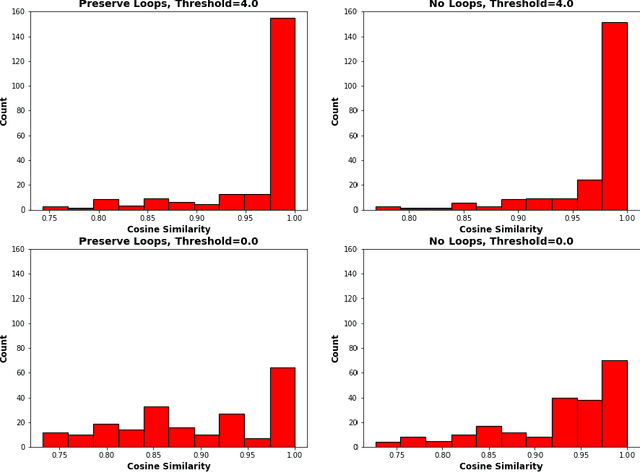
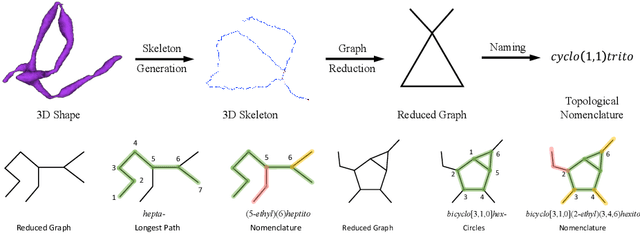
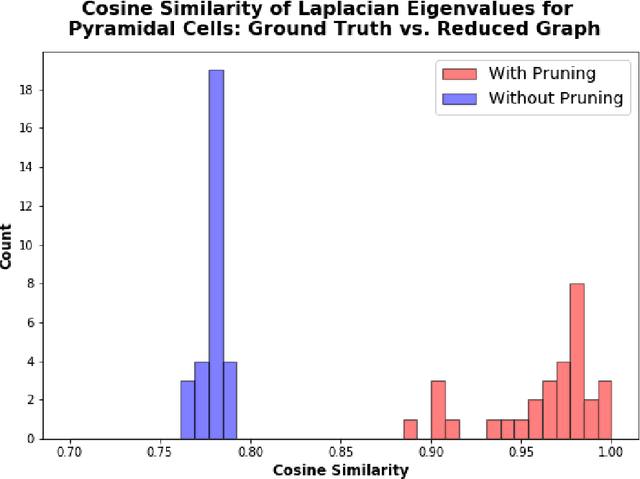
Abstract:An essential task in nano-scale connectomics is the morphology analysis of neurons and organelles like mitochondria to shed light on their biological properties. However, these biological objects often have tangled parts or complex branching patterns, which makes it hard to abstract, categorize, and manipulate their morphology. Here we propose a topological nomenclature to name these objects like chemical compounds for neuroscience analysis. To this end, we convert the volumetric representation into the topology-preserving reduced graph, develop nomenclature rules for pyramidal neurons and mitochondria from the reduced graph, and learn the feature embedding for shape manipulation. In ablation studies, we show that the proposed reduced graph extraction method yield graphs better in accord with the perception of experts. On 3D shape retrieval and decomposition tasks, we show that the encoded topological nomenclature features achieve better results than state-of-the-art shape descriptors. To advance neuroscience, we will release a 3D mesh dataset of mitochondria and pyramidal neurons reconstructed from a 100{\mu}m cube electron microscopy (EM) volume. Code is publicly available at https://github.com/donglaiw/ibexHelper.
 Add to Chrome
Add to Chrome Add to Firefox
Add to Firefox Add to Edge
Add to Edge